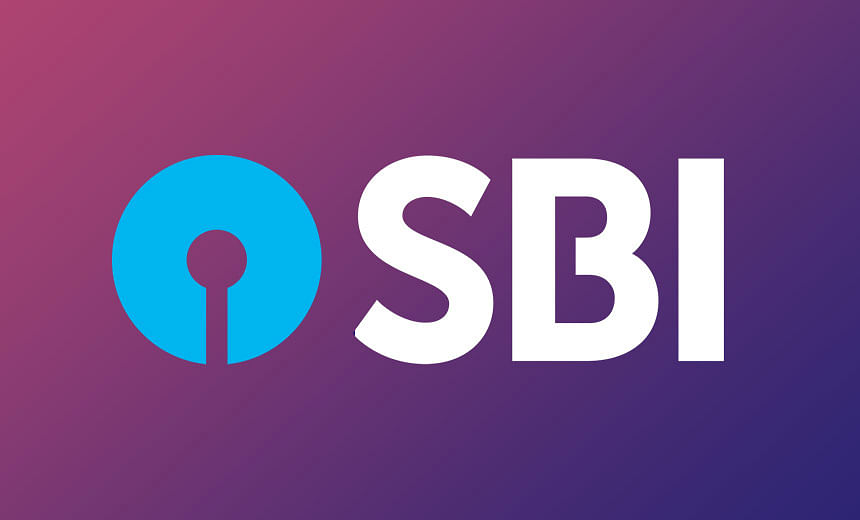
Hindi Diwas 2018
- PC : News 18 Hindi
Hindi, the language brought to India by the Persian who invaded Punjab and Gangetic plain, has an interesting history. Before reaching the status of national language, Hindi has passed through an intricate maze of lanes.
Here are the interesting facts about how Hindi became the national language.
Hindi got its name from a Persian word Hind meaning ‘land of the Indus River’- Persian who invaded Punjab and Gangetic plains, named the language of the region Hindi, 'language of the land of the Indus River' in the early 11th century.
Hindi, the widely spoken language in India got its status as the national language on September 14, 1949.
We celebrate this day as Hindi Diwas to show respect to the language we have been speaking since ever and to give a week to maintain its importance.
"Nearly 425 million people speak Hindi as a first language and around 120 million as a second language," according to BBC.
Hindi is also spoken in Mauritius, Fiji, Suriname, Guyana, Trinidad & Tobago and Nepal.
Gender aspects are strict - Gender aspects are strict in Hindi. Unlike English, it has gender for all nouns. Even adjectives and verbs change according to the gender.
Many English words are derived from Hindi- Chutney, loot, bungalow, guru, jungle, karma, yoga, thug, avatar and many more words are derived by Hindi.
First state to declare Hindi as its official language - In 1881, Hindi was first declared as the official language in Bihar. Prior to that, the official language was Urdu.
Most spoken language- Hindi is one of the most spoken languages of the world. The language is spoken by 500 million people.
First publishedbook in Hindi- In 1805, a book by Lallu Lal, Prem Sagar is said to be the first book published in Hindi.
Easy to learn- Unlike English, Hindi is easy to learn. It is phonetic and written the way it is spoken.
Web Friendly- Hindi is one of the seven languages in which web addresses can be made.
No articles- Hindi is free of articles such as ‘a’, ‘an’ and ‘the’.
Anything can be written in Hindi - every possible sound can be written in Hindi language in the world.








